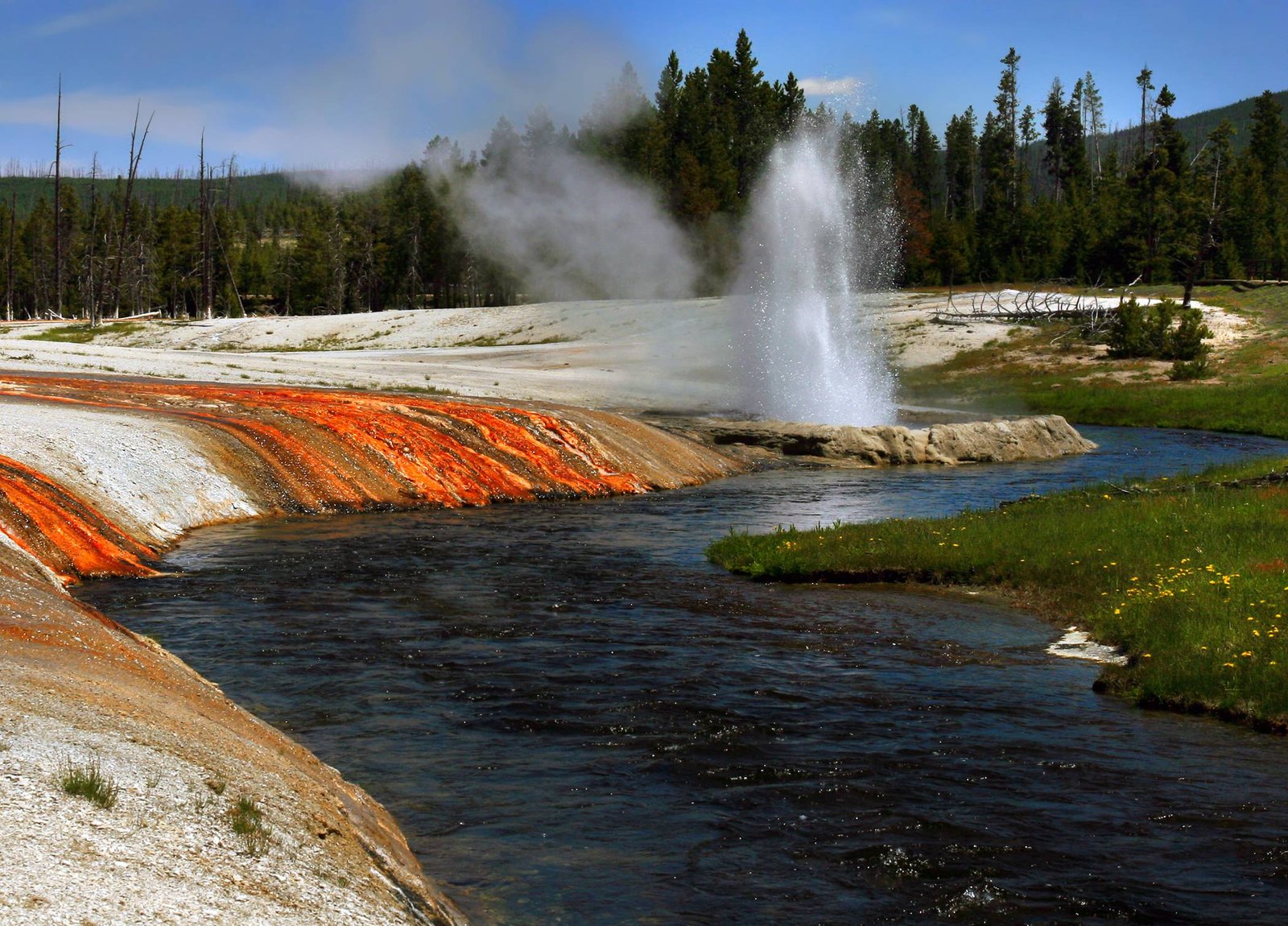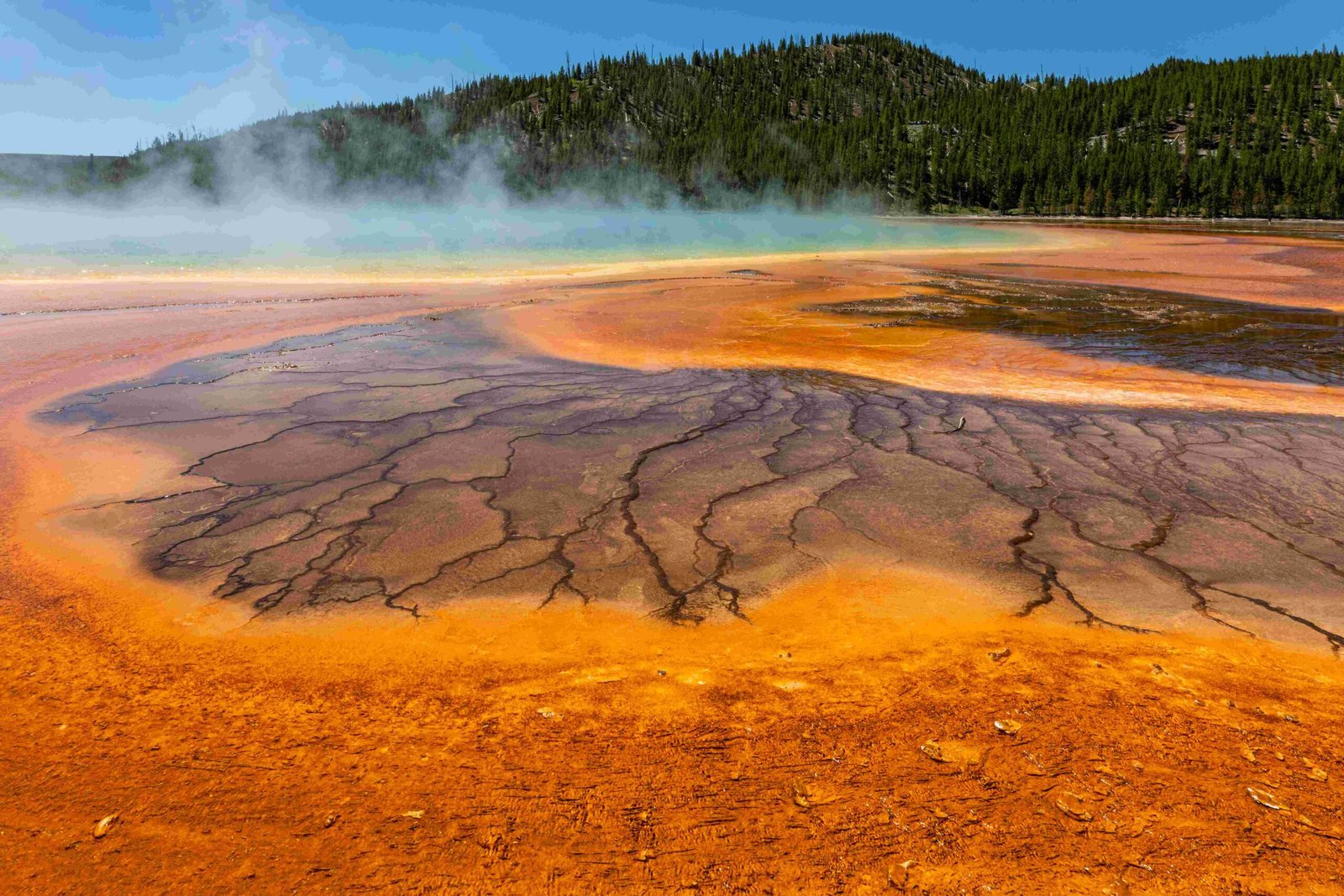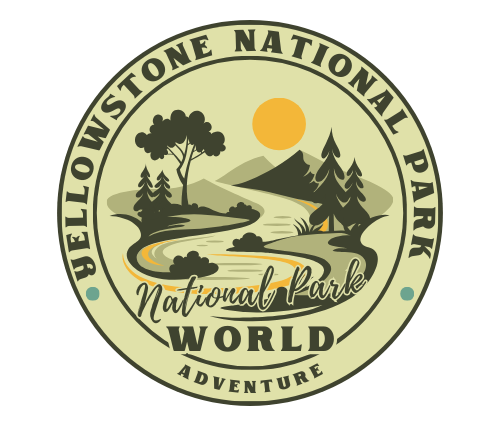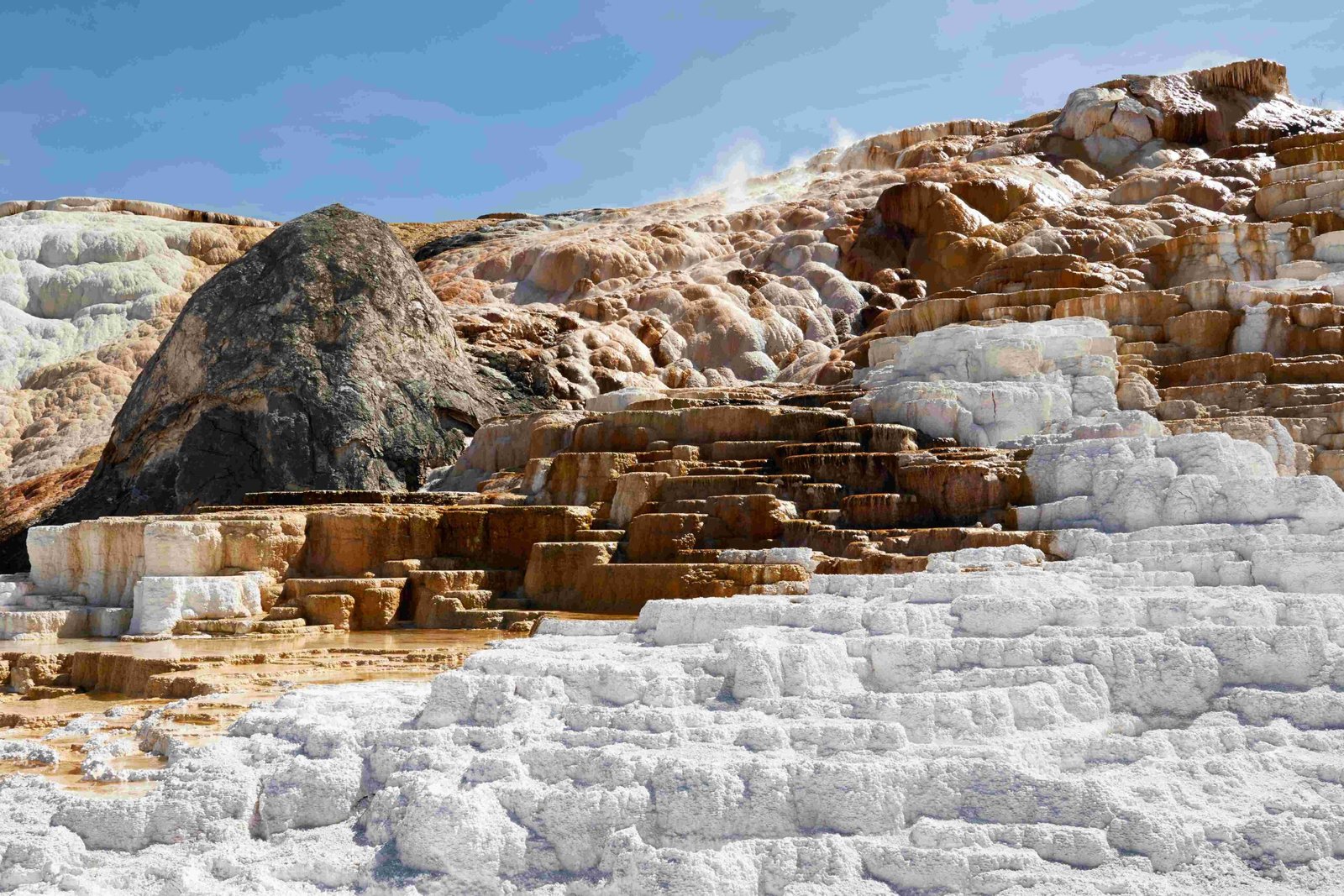Yellowstone National Park’s management of grizzly bears and humans focuses on minimizing conflicts while preserving the natural ecosystem. The park implements strategies such as bear-resistant infrastructure, designated management areas, and visitor education programs. With a growing grizzly population and millions of annual visitors, Yellowstone’s approach balances conservation efforts with public safety, resulting in relatively few human-bear conflicts despite high visitation rates.
What Are the Current Yellowstone Bear Management Guidelines?

Yellowstone National Park has established comprehensive guidelines to manage interactions between grizzly bears and humans. These guidelines aim to protect both species while maintaining the park’s natural ecosystem. Key strategies include:
- Elimination of unnatural attractants
- Establishment of bear management areas
- Removal of ungulate carcasses from visitor areas
- Installation of bear-proof food storage lockers
How Does Yellowstone Eliminate Unnatural Attractants?
The park employs several methods to reduce unnatural attractants for bears:
- Use of bear-resistant dumpsters and trash cans
- Regular monitoring of developed areas for litter and food waste
- Scheduled garbage pickups to prevent overflow
What Are Bear Management Areas?
Bear management areas are specific locations within the park where grizzly bears tend to concentrate. These areas often have:
- Temporary closures
- Trail restrictions
- Minimum group size recommendations
- Day-use only policies
- Prohibition of off-trail travel
What Statistical Data Supports the Effectiveness of These Guidelines?

Recent data from 2019 demonstrates the success of Yellowstone’s management strategies:
| Statistic | Number |
|---|---|
| Reported grizzly bear conflicts | 1 |
| Black bear conflicts | 7 |
| Unidentified bear species conflicts | 4 |
| Human-grizzly bear backcountry encounters | 47 |
| Grizzly bear attacks | 0 |
The Greater Yellowstone Ecosystem (GYE) grizzly bear population has grown significantly:
- 1975: 136 bears (when listed as a threatened species)
- 2019: Estimated 737 bears
How Does Yellowstone Ensure Visitor Safety in Bear Country?
Yellowstone National Park implements various measures to protect visitors while preserving the natural habitat of grizzly bears.
What Are the Recommended Visitor Protocols?
Visitors are advised to follow these guidelines:
- Store food and trash properly:
- Use bear-resistant containers
- Hang food at least 10 feet off the ground and 4 feet from tree trunks
- Stay alert and make noise while hiking
- Travel in groups
- Avoid dawn, dusk, and nighttime activities when bears are most active
How Does the Park Educate Visitors About Bear Safety?
Yellowstone employs multiple educational strategies:
- Temporary warnings and area closure notifications
- Comprehensive signage throughout the park
- Educational programs on bear safety and behavior
- Informational materials on proper conduct in bear country
What Emergency Measures Are in Place for Bear Encounters?
The park provides several resources for visitor safety:
- Recommendations to carry and know how to use bear spray
- Guidelines for calm behavior during bear encounters
- Emergency contact numbers:
- 911 for immediate emergencies
- Park dispatch number for non-emergency situations
What Amenities Support Grizzly Bear Conservation in Yellowstone?
Yellowstone National Park offers various facilities and programs that contribute to grizzly bear conservation while enhancing visitor experience.
How Are Parking Areas and Viewing Spots Designed for Safety?
The park’s infrastructure is designed with bear safety in mind:
- Strategically placed bear-resistant trash cans
- Strict waste management protocols
- Designated viewing areas (e.g., around Old Faithful) that maintain safe distances between visitors and bears
What Educational Programs Are Available for Visitors?
Yellowstone provides a range of educational opportunities:
- Guided tours focusing on human-grizzly bear interactions
- Programs on bear biology and ecology
- Safety workshops for hiking and camping in bear country
These initiatives help visitors appreciate wild bears while promoting responsible viewing practices.
What Challenges Exist in Managing Grizzly Bears and Humans?
Despite successful management strategies, Yellowstone faces ongoing challenges in balancing grizzly bear conservation with human visitation.
How Has the Bear Population Changed Over Time?
The grizzly bear population in the Greater Yellowstone Ecosystem has seen significant growth:
- 1975: 136 bears
- 2019: Estimated 737 bears
This increase presents both conservation successes and management challenges.
What Impact Does High Visitation Have on Bear Management?
Yellowstone receives over four million visitors annually, which:
- Increases potential for human-bear conflicts
- Requires constant adaptation of management strategies
- Necessitates ongoing visitor education efforts
How Effective Are Current Management Practices?
Despite high visitation rates, Yellowstone’s management practices have proven highly effective:
- In 2019, only 12 reported bear-human conflicts
- No human fatalities or grizzly bear attacks occurred
- Successful collaboration between park management and the Interagency Grizzly Bear Study Team (IGBST)
The park continues to monitor and adjust strategies to minimize conflicts and protect bear habitats, demonstrating a commitment to adaptive management in the face of changing conditions.

